Politics over Poolside: The Case for Aquaticism
It is summertime and many people will enjoy aquatic activities. Poolside over politics is a meme that encapsulates embracing leisure, escapism, and being a spectator to politics without getting too caught up and invested in current affairs. However, aquatics are not immune from politics and relate to many social and political issues, such as class, economics, demographics, urban planning, how we live, and what we value as a society.
There has been a greater push for equity and diversity in swimming. Jeff Wiltse, a history professor at the University of Montana, has a book out, Contested Waters: A Social History of Swimming Pools in America, that delves into the politics of equity in swimming. It is true that aquatic sports are disproportionately White and low income people of color have less access to swimming. A USA Today article on the legacy of pool segregation places the blame on the financial costs of accessing swimming pools, for how today, “few Black American bodies and as only 1% of roughly 400,000 swimmers registered under USA Swimming are Black.” A Connecticut Public Radio article on the History of Racial Disparity in American Public Swimming Pools blames historic segregation in swimming for the percentages of Black Americans who “didn’t learn how to swim and didn’t become part of the recreational culture.”
While aquatic amenities are no longer a civic priority, during the early 20th Century, swimming pools were a sign of civic pride. Timothy Smith’s article on what swimming pools teach us about racial equity states that “If you were to go back to early 1950s America, you would almost certainly notice a curious cultural phenomenon: lavish, resort-style public swimming pools—some 2,000 of them in cities across the country—each capable of entertaining thousands of people. They had been built for communities at huge public cost.” Many of these publicly funded leisure swimming pools were larger than football fields and had lifeguards patrolling in rowboats. The USA Today article on pool segregation states that “Beginning in the 1920s, public swimming pools became accessible like never before,” and that “This boom continued until the stock market crashed in 1929 but exploded again after the Great Depression, as the Public Works Administration and the Works Progress Administration funded the construction of roughly 1,000 swimming pools nationally.”
Racially Segregated Swope Park Pool in Kansas City, Missouri (1940’s)
Source: Kansas City History
These lavish aquatic amenities were great for social cohesion but were not accessible to all. A Seattle Times article on issues of class and race in swimming pools, quotes Prof. Jeff Wiltse that “Swimming pools became social melting pots into which males and females, young and old, and working class and middle class all plunged together, Unless you were black.” Segregation was justified for the “primary reasons: The fear of violence between whites and Blacks and “Scantily clad bathers flirting and playing raised the specter of interracial sex and some feared for young white women’s safety,” wrote University of Buffalo professor, Victoria W. Wolcott.
In the UK, almost 2000 thousand public swimming pools are expected to close by 2030, and like with dead malls, the decline in pools is a signifier of societal decline. There are various reasons for the decline in pools, including austerity, but the earlier wave of pool closures in America was a reaction to integration. A Bloomberg article, Can Cities Fill the Swimming Pool Equity Gap?, states that “Segregated swimming areas faced protests and backlash beginning in the 1950s and ’60s, with white Americans in many cases choosing to shut down and even fill in municipal pools rather than allow desegregation.” The Connecticut Public Radio piece explains that “In the south, cities just closed their public pools instead of allowing mix race use. In many southern cities, there were literally no public pools. In the north, the response was more nuanced. When a pool that was previously for whites only became racially desegregated, white swimmers en masse abandoned it.”
After integration, cities had less interest in building and maintaining pools and the new public pools constructed were more utilitarian without the frills. Jeff Wiltse writes in Contested Waters that, “Beginning in the mid-1950s northern cities generally stopped building large resort pools and let the ones already constructed fall into disrepair,” and “Over the next decade, millions of white Americans who once swam in public for free began to pay rather than swim for free with Black people; desegregation in the mid-fifties coincided with a surge in backyard pools and members-only swim clubs.”
Pools are still some of the most segregated spaces but the question is whether racism or integration ruined aquatics. For instance in Germany, many blame the migrant crisis for the rise in crime and anti-social behavior at public swimming pools. There has even been knife brawls at public swimming pools in Berlin, where many public pools now have police presence for the first time. In France Aquatic centers have closed due to a rise in crime linked to demographic changes. While violent crime is a problem in certain places, overall the issue is more about social and aesthetic preferences, as there is an element of intimacy to pools that is not the case with other public spaces. People are less tolerant of “diverse” social behavior and less comfortable being in such close proximity to people who act differently than they do, or who look a certain way. Especially taking into account that the other swimmers are partially undressed. These dynamics were even parodied in the South Park episode, Not My Waterpark.
Swimming Pool in Brno Czech Republic
A British Twitter commenter pointed out that “In the Czech Republic’s second city, Brno, you can travel 15 minutes on public transport to a municipally owned & run outdoor swimming pool fed by spring water, surrounded by a forest,” and asked “Why can’t British politics be about giving nice things to ordinary people?” I have actually been to Brno and the facility is not extravagant but nice and something you would expect in a high trust, middle class oriented society. Certainty that “good things for the people” framework is lacking in the US and UK. Of the commentors, the Leftists blamed capitalism, privatization, and austerity and the Rightests blamed demographic change. However, it is some combination of all those factors.
Overall, economic inequality is the main factor in disparities in access to swimming, and pools are probably the most stratified public space by class. The Connecticut Public Radio piece acknowledges that “Access to swimming pools today is not restricted to racial lines, but, instead, class lines.” Like with other amenities such as schools, economic exclusion fills the void of racial segregation. For instance, there was an anti-discrimination lawsuit against a new luxury condo complex in Hudson Yards in New York City, because residents in low income units were barred from accessing recreational amenities such as the pool. The luxury development agreed to allocate some affordable units but letting those downscale residents use the pool was asking too much.
Like with the end of malls, the lack of access to quality pools, symbolizes the destruction of the middle class. Pools are either a luxury for the wealthy, such as in private residences, country clubs, or exclusive resorts, and the most accessible pools tend to be very utilitarian public pools, primarily used by the poor, with even waterparks trending downscale. The decline in pools is also a product of the social atomization, discussed in Robert Putnam’s Bowling Alone. Factoring in the element of intimacy in swimming, there is the concept of cocooning, that people value privacy and personal space much more so in a low trust society. Extreme examples of this are the decline in communal showering and urinal partitions.
Venice Beach 1925
Historic photos of beaches in LA show people packed in like sardines, despite the region having only a fraction of today’s population. This is because people spend more time indoors watching TV or online. America also has less of a leisure culture than Europe, such as the lack of guaranteed paid vacation. One rare upside to the lockdown, is that it broke America’s toxic work culture and exposed people to the value of leisure.
Most decent pools are restricted in access, either by membership or high costs. This is largely because American culture places a strong emphasis on private ownership and space. This individualistic and capitalistic streak has always been part of American culture, but the privatization of communal spaces has accelerated in recent years. In Europe there is more of a communal swimming culture with quality spas and aquatic centers that are popular with and accessible to the middle class. America simply lacks that due to social atomization, income inequality, privatization, and demographic issues.
The new app Swimply, the Airbnb for pools, is good as far as reconciling supply and demand issues in swimming. It also exposes the large glut of unused pools and the overall poor allocation of resources. This is due to the wastefulness of swimming pools being mostly in private residences and the increase in unused pools due to boomer empty nesters. The water saving issue should not be a barrier for building communal pools as most of the water waste is with private pools and overall pools are not a major factor in water waste.
Bloomberg’s article Can Cities Fill the Swimming Pool Equity Gap? Quotes Karolina Czeczek, principal of a New York City-based architecture firm, that “Creating all these private bodies of water adds considerable costs for developers and property owners, without delivering the positive community-building effects of public facilities.” In many urban areas, new apartment and condo complexes, compared even to those built in the 60s, 70s, and 80s, tend not to have pools, because developers maximize the number of units allocated per lot. Zoning restrictions are also a barrier to building new communal pools, as most urban spaces tend to be either for residential, retail, or commercial, and spaces that cater to recreation are limited or segregated from residential and commercial usage. One positive attribute of master planned subdivisions, despite causing sprawl, is the communal recreational spaces such as pools that foster social capital.
In the era when lavish public pools were built, America had this mentality that the average man could live like a king. This applied to lavish public works projects that fostered civic pride, as well as the message in commercial marketing. The Fordist model of capitalism gave rise to vacation culture with resorts and theme parks such as Disneyland and Las Vegas. Today there is a hyper-utilitarian mentality, which is equally a problem with modern capitalism and equity politics, and is why pools are not a priority in civic projects and city budgets. For instance in an Oak Park op-ed on confusing a pool with equity, Jack Powers stated that “Is there Equity in the current pool plan for overburdened taxpayers still listening to why they should fund something they already said no to? The pool is a sideshow.” Even with California’s failed Senate Bill to transform all of the State’s municipal golf courses into low income housing, why not instead transform California’s golf courses into resort-like recreational amenities, including lake-like swimming areas and gardens?
Canceled proposal for Wynn Paradise Park in Las Vegas
Source: Original rendering of Wynn Paradise Park
Municipal pools are generally designed exclusively for lap swimming which de-emphasize the leisure and fun angle. Pool attendance among youth is actually declining and the Seattle Times article reported that “City aquatics director Kathy Whitman sighs. “The population we have to work hard to bring in is those teenagers,” she says. At pools, “there’s no video screen. There’s not as much excitement there,” and adds that “Teens, she says, prefer the beaches. Perhaps that’s because it’s not so much fun to hang out in hourlong shifts at an indoor rectangular pool (eight of Seattle’s 10 pools).” Besides municipal pools and recreation centers, YMCA’s also tend to be very utilitarian. YMCA’s are an example of an older civic institution, that used to be great for social cohesion and served the middle class, but is in decline. In California in particular, YMCA’s have a reputation for being low income or for the elderly, who are from an era when there was a mass middle class and high social capital.
Another barrier to building and maintaining swimming pools and other recreational amenities is Tort, as the risk of lawsuits makes pools a major legal liability. Also the Americans with Disabilities Act requirements makes pools more expensive to build and creates liabilities for existing pools that don’t meet its standards. USA Today reported that “Hoteliers must have pool lifts to provide disabled people equal access to pools and whirlpools, or at least have a plan in place to acquire a lift. If they don’t, they face possible civil penalties of as much as $55,000,” and that due to the ADA regulations enacted in 2010, “some hotels are considering shutting their pools or whirlpools to avoid penalties or possible lawsuits.”
These aquatic dynamics are especially relevant to Southern California, where I’m from. For a region that has some of the world’s best weather, it falls short, as far as being one of the hardest places to find a decent pool. Even compared to many places with terrible whether. SoCal trends and attributes include rapid demographic change, hyper individualism, urban sprawl, privatization of land use, and extreme income inequality, with LA pool culture being especially stratified. There is a map of swimming pool inequality in LA and the LA areas with the most private pools per capita are the affluent neighborhoods of Sherman Oaks, Encino, Brentwood, Pacific Palisades, Studio City, Hollywood Hills, and Woodland Hills.
The equity argument that new pools should primarily be built in low income areas operates under a false assumption that everyone in nicer areas has pool privilege. I grew up on the Westside of LA, in Westwood and Brentwood. Despite these areas being affluent, swimming was not that accessible, besides exclusive options such as country clubs and private pools. LA even lacks the type of swim clubs that some California suburbs have. The Westside had several public pools, as well as YMCA pools, which were very utilitarian and looked down upon by affluent Westsiders. There was an overall lack of decent mid-range options but the main quality mid-range pool on the Westside, was the UCLA pool, which I used as a teenager but requires alumni connections.
Like how Andrew Yang proposed a Mall Act, anyone running for office, especially in California, should propose a Pool Act. The Pool Act could mandate or incentivize communal pools for new developments, state grants to buy up underutilized properties to build pools, remove all zoning regulations that inhibit building neighborhood pools or other recreational amenities, and vacation vouchers, possibly a crypto currency, granted to all citizens by the State, or as paid vacation leave bonuses, to use for all vacation and recreational venues in California. Also a lot of recreational projects can get created by the private sector, but only if there is more aggressive consumer demand or a cultural shift.
Overall the accessibility of quality pools is a good social metric for society, as so far as social capital, the value placed on leisure and fun, good urban planning, the caliber of a populace, and income equality. There is an intersectionality of issues that impact aquatics and the politics of aquatics are radically centrist. For instance right-libertarian stances on ending certain bureaucratic regulations of the Americans with Disabilities Act, right-authoritarian stances on demographics and beauty hierarchies, left-libertarian stances on zoning regulations and on embracing hedonism and leisure, and left-authoritarian stances on addressing income inequality, and investing in the common good, such as communal spaces.
Equity politics will fall short in getting more people access to swimming, and overall brings everything down to the lowest common denominator. Good allocation of resources and incentive structures makes more sense as a principle to manage society. However, I am pessimistic about great communal spaces and an egalitarian mass society in general. I expect even more stratified and privatized spaces and members only clubs in the future. However, enclavism offers positive solutions, as far as an escape from the problems of mass society and creating spaces that serve unique niches and identities.
Pulgas Water Temple Redwood City California
Source: Commons Wikimedia
I put forth Aquaticism, as a satirical aquatic based politics, referencing Aquaticism from Bob’s Burgers. I am not even a fan of the show, but the term clicks. There is esoteric symbolism to Aquatics. Like skyscrapers are phallic symbols, swimming pools are yonic symbols of feminine sexuality. Together they instill virility into the urban landscape. Most pagan religions had aquatic deities and Roman inspired water temples were constructed in California, in the early 20th Century. There was even a weird Nazi occult myth about a blond haired blue eyed Aquatic race from Atlantis. I don’t defend or promote fascism but it is relevant to esoteric symbolism, such as Pilleater’s Fast Food Fascism or Bronze Age Pervert’s fans’ hedonistic aesthetic fascism, depicting preppy nudist body builders partaking in aquatic activities. Certainly there is an implicit Whiteness to pool culture and aquatic sports. Not to mention the occultist symbolism in the more normie friendly Seapunk genre.
The pillars of Aquaticism include the celebration of leisure, healthy lifestyles, social capital, good urban models, an end to utilitarianism with luxury as a right, the celebration of beauty, and fun as a political principle. Life should be more fun and enjoyable, and that is missing in politics. People get too worked up politically over social wedge issues or political issues that they have no control over, but pools are something that should be more of a political issue, and something that can improve quality of life.

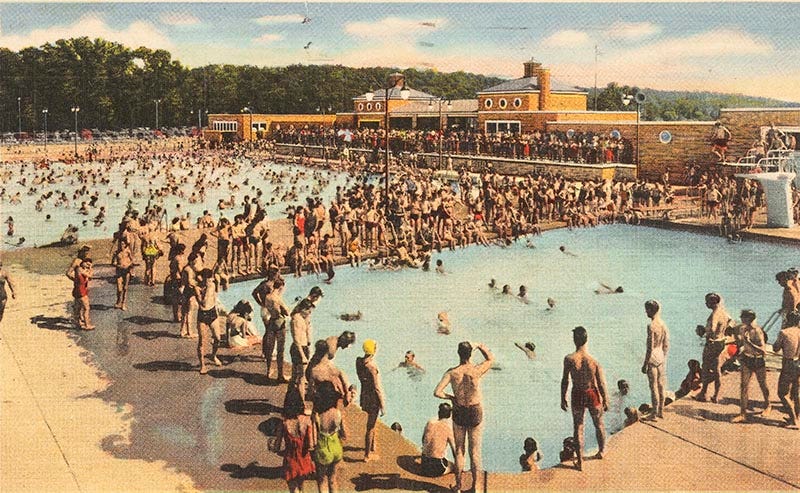
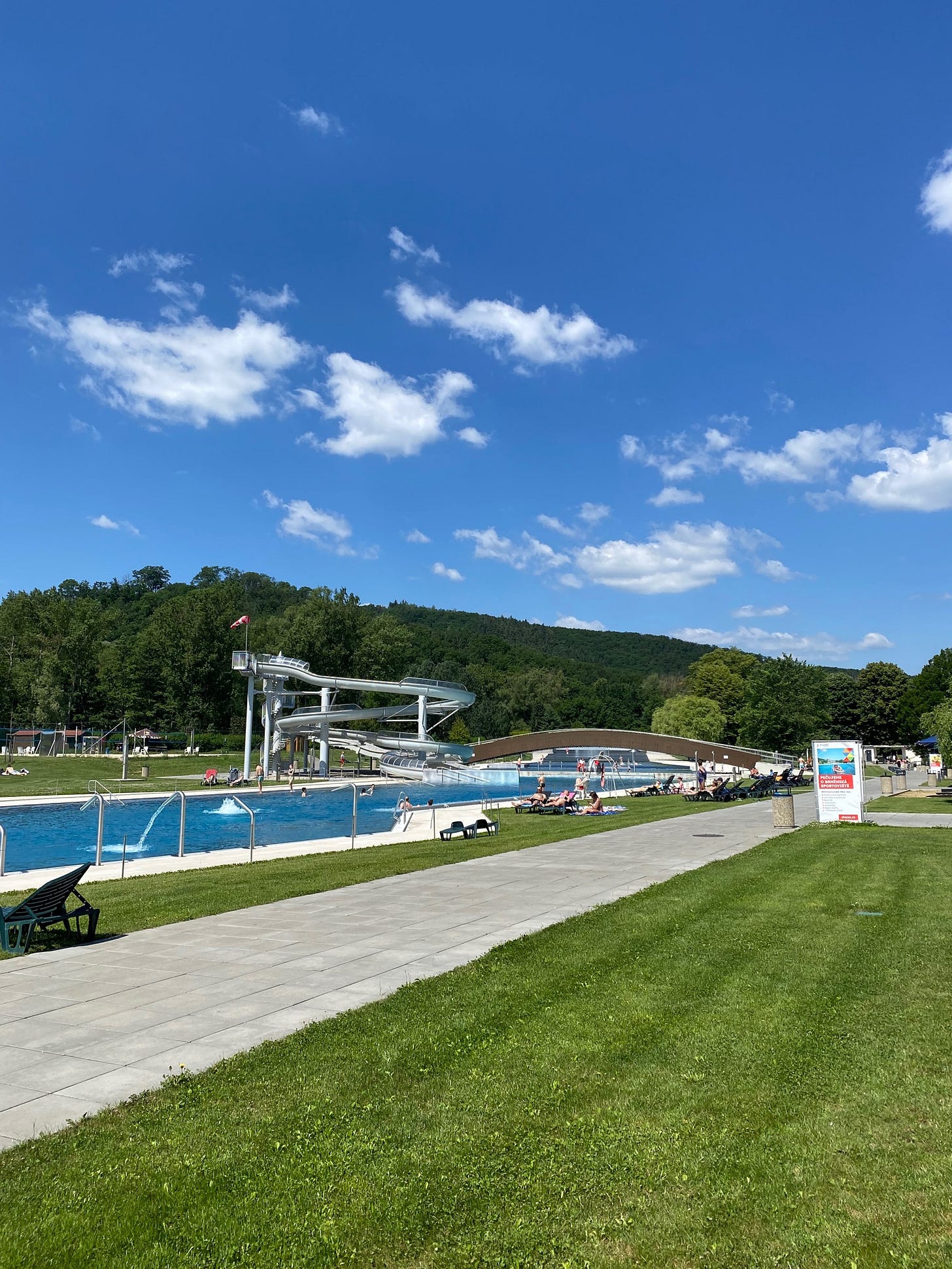
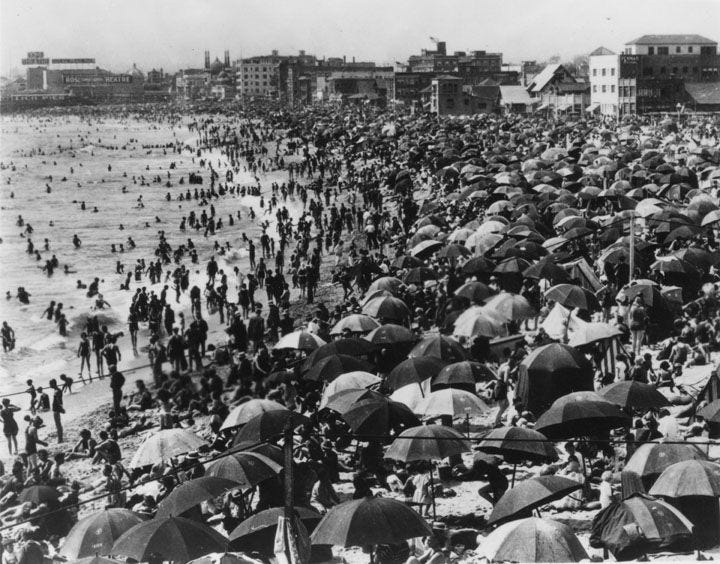
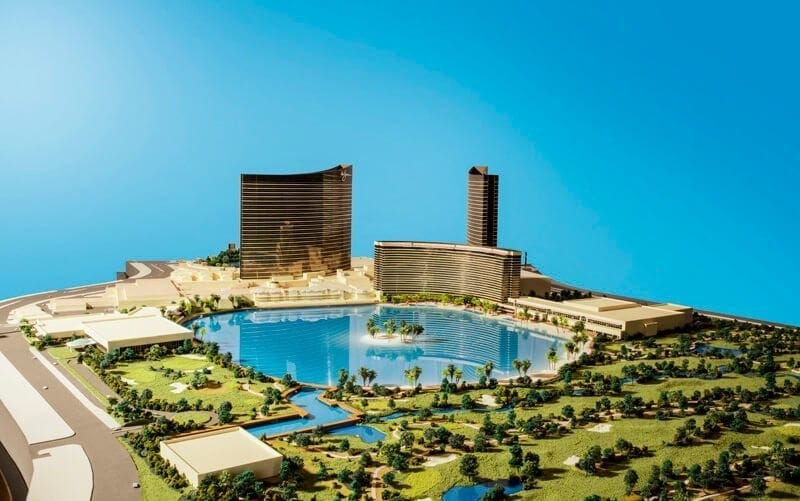
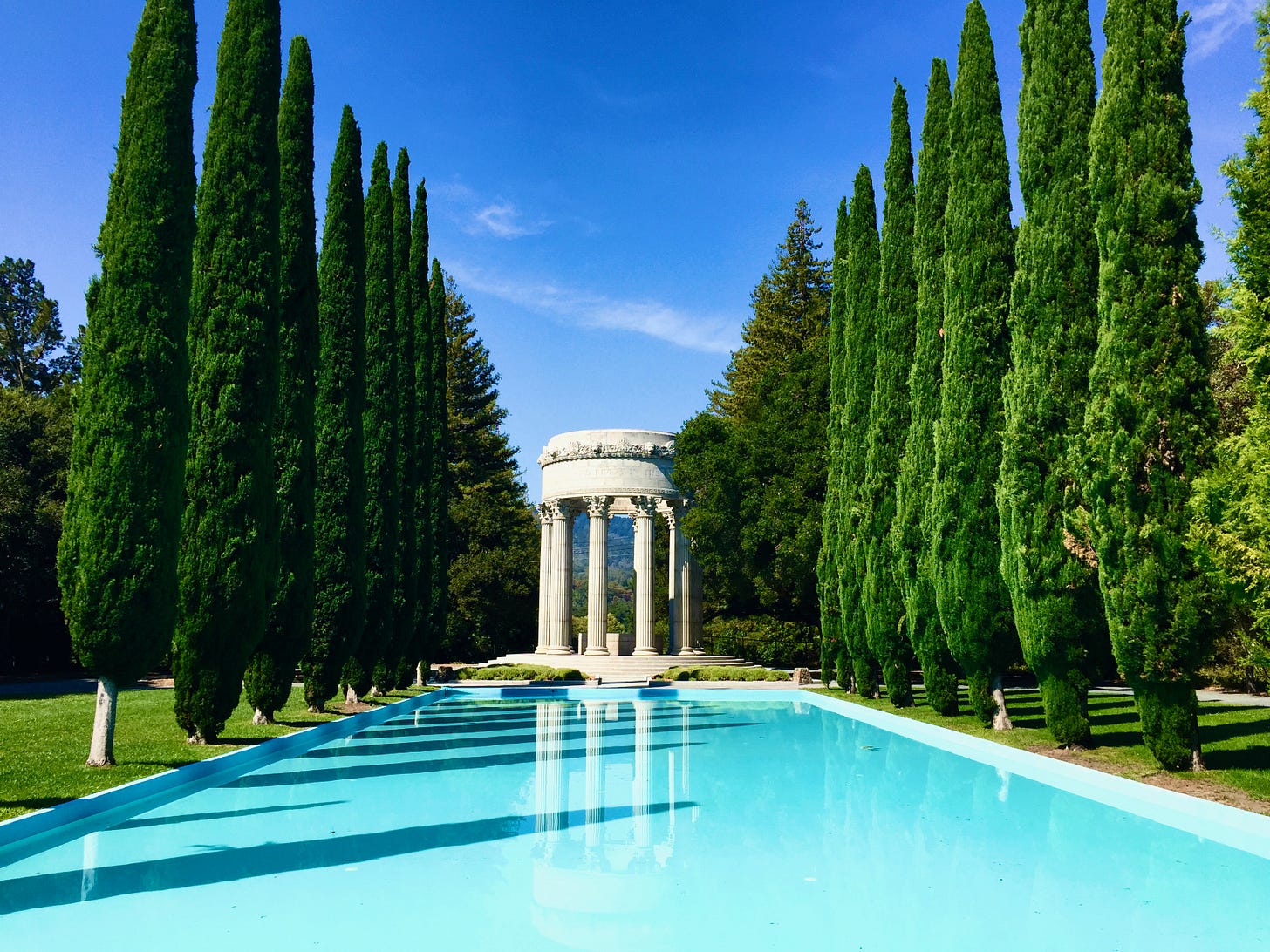
Putting your face underwater in a public swimming pool is an act of trust in the discipline of the other users.